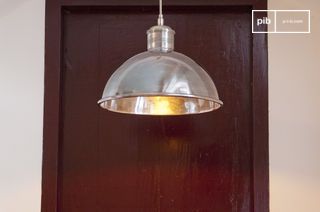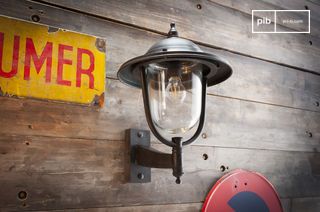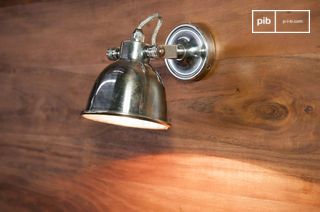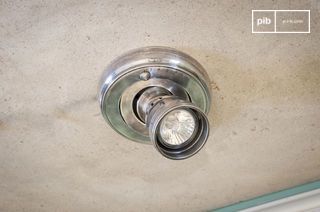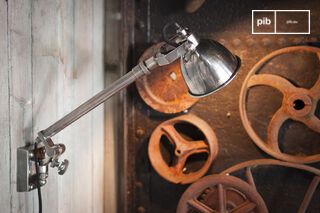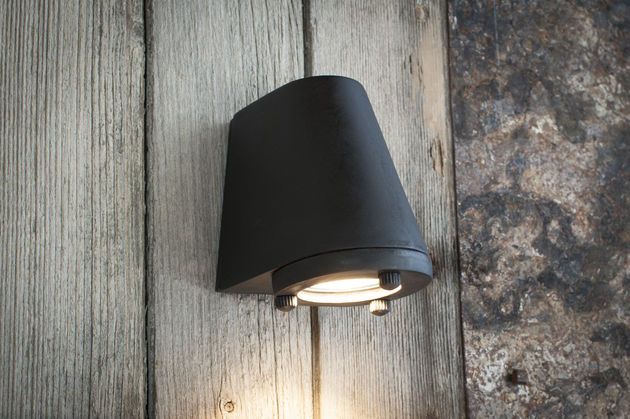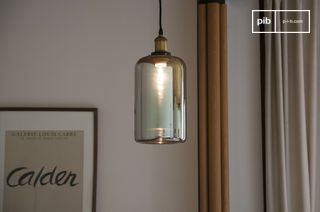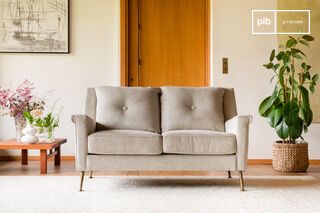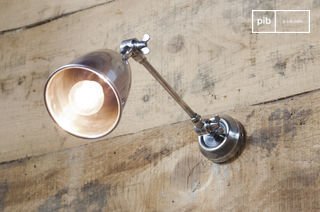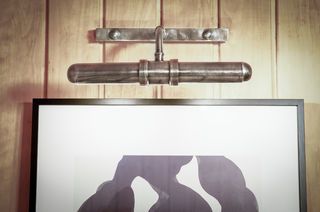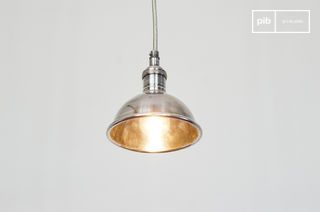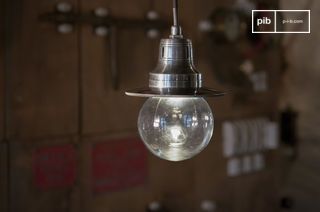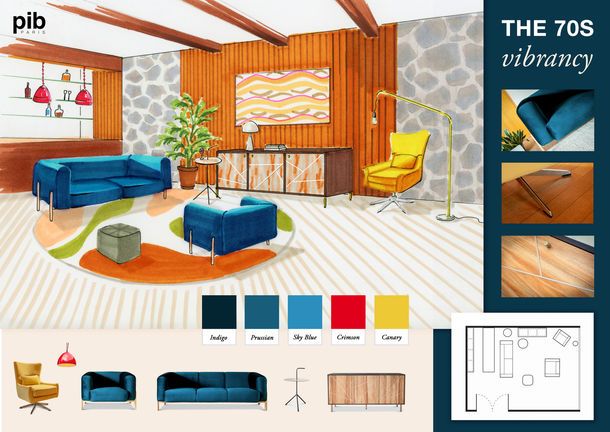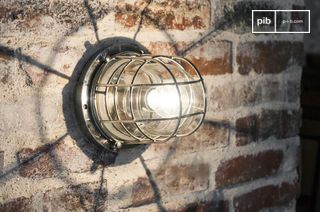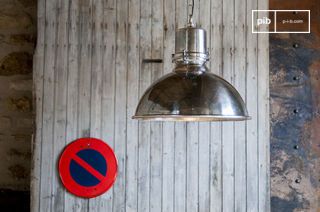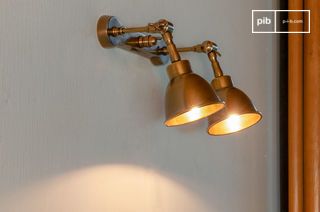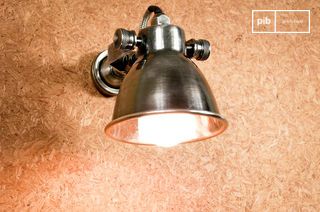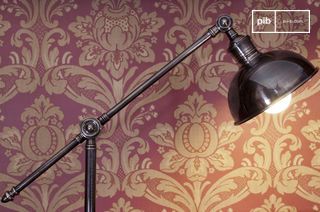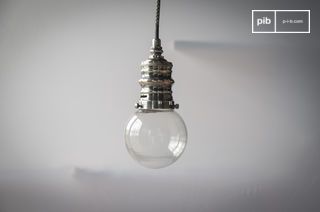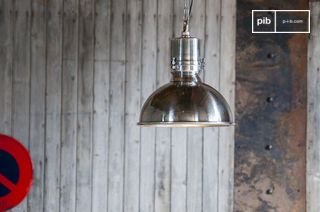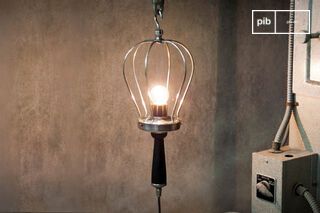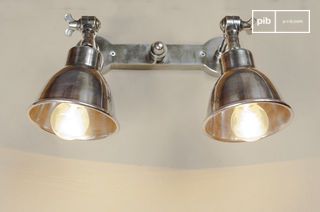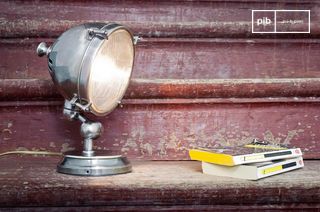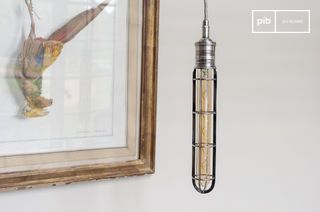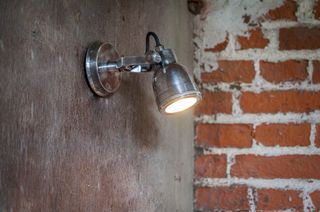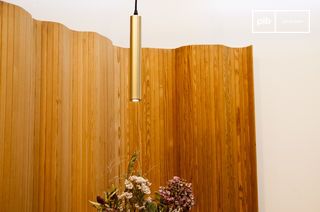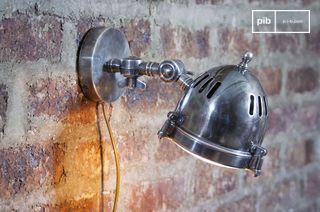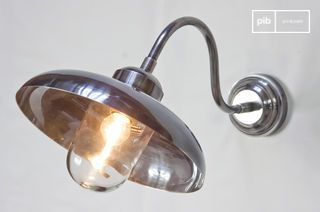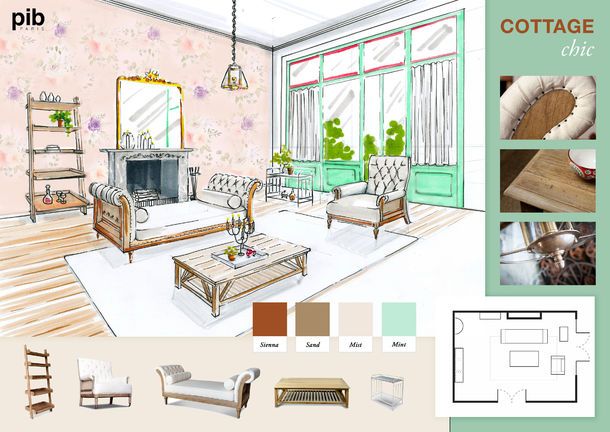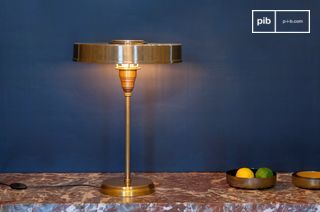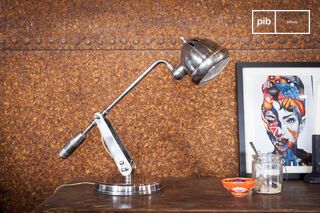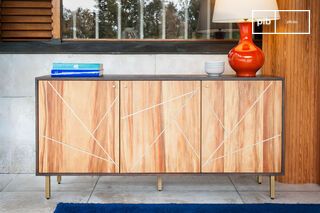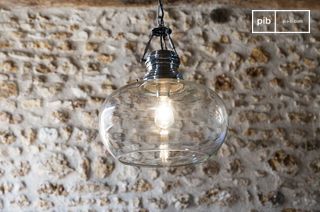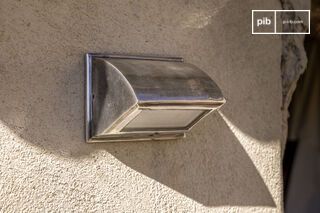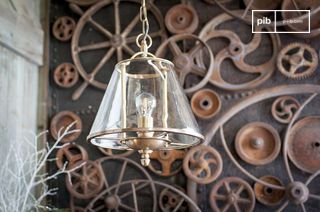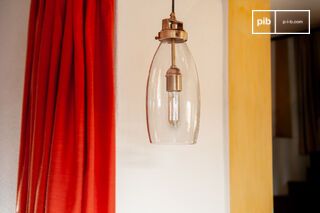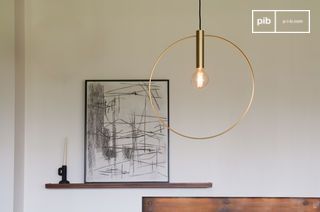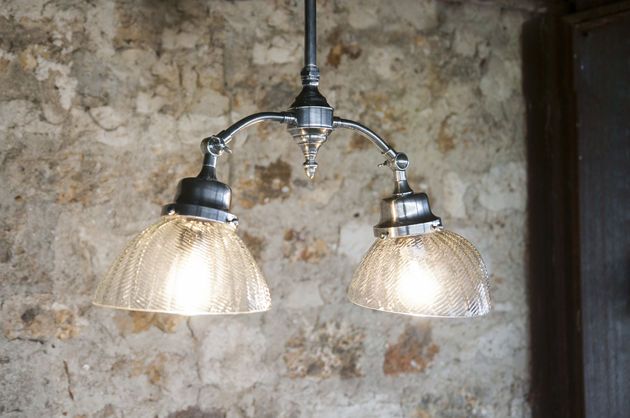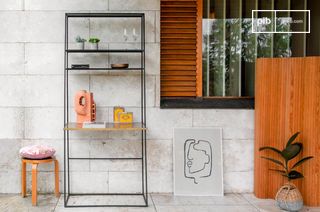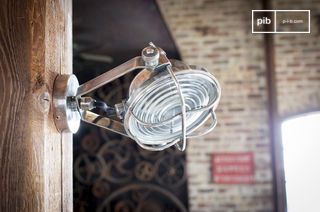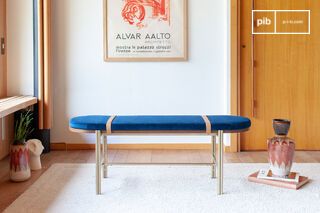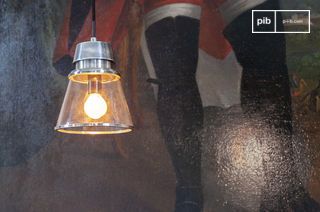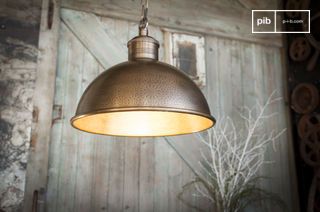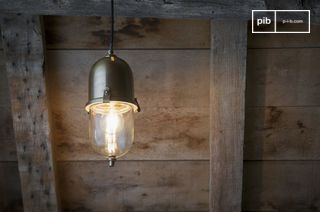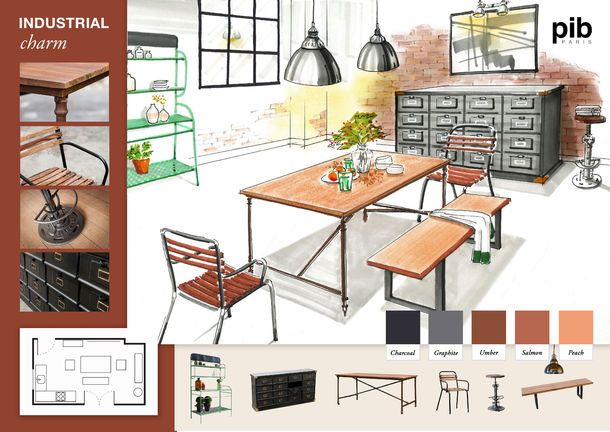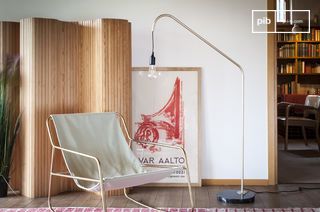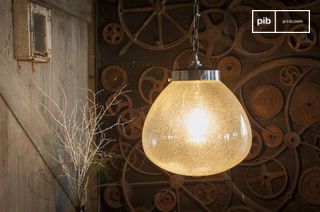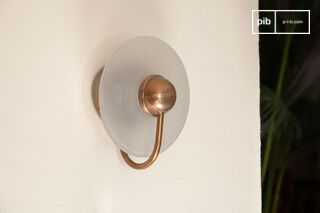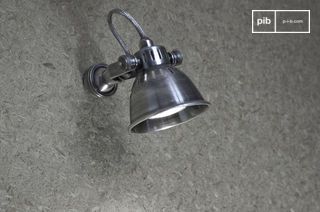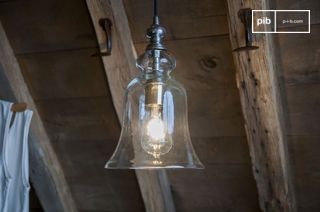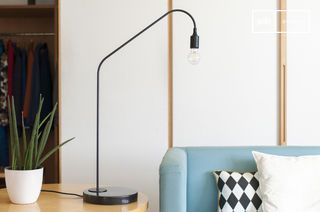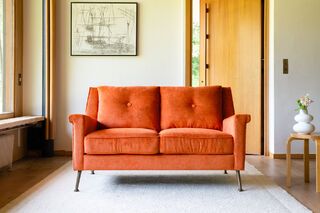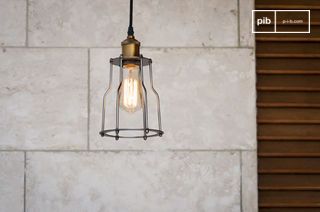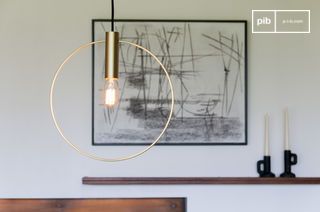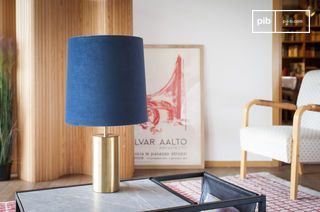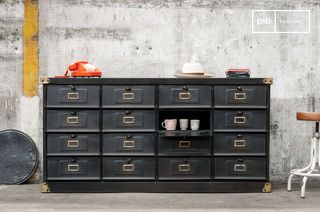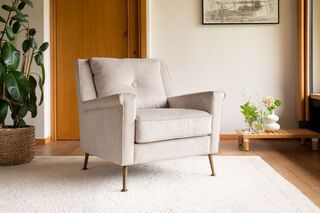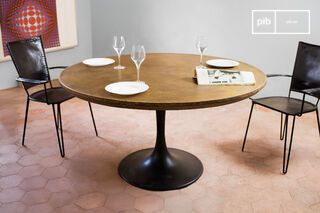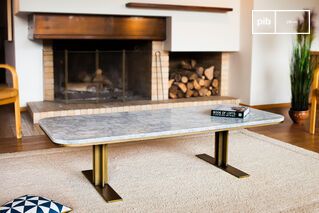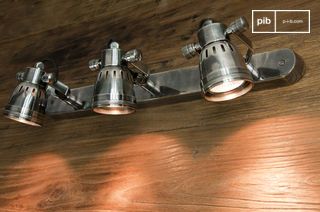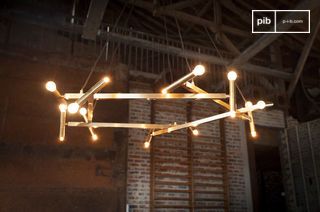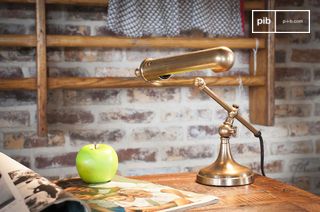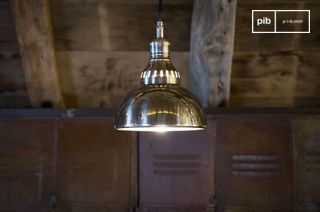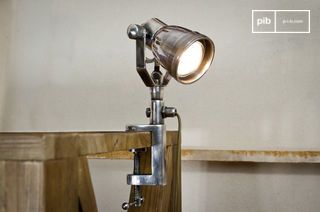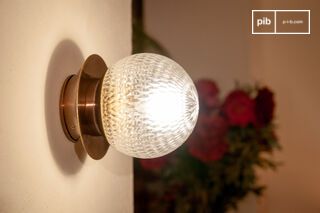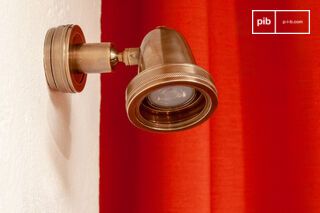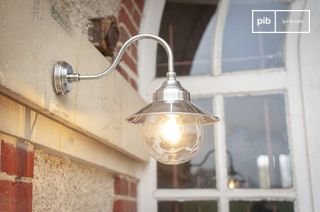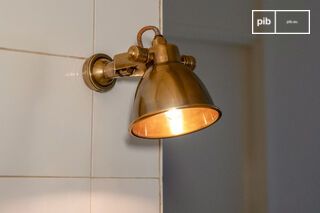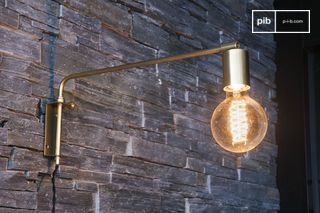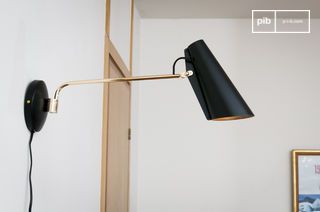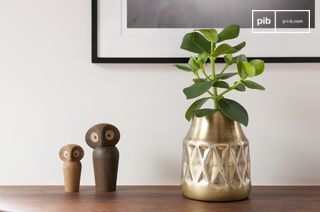Brass
The Brass category includes furniture elements where the metal is used for its visual qualities, its evolving patina and its ability to structure shapes. Present on bases, handles, borders or complete surfaces, brass is used in matt, brushed or polished finishes. Its warm color varies with light and natural oxidation. In interior design, it is used to create visual contact points, mark contours or emphasize geometry. Its use is measured to avoid saturation and maintain a balance with other materials.
read more >Filters
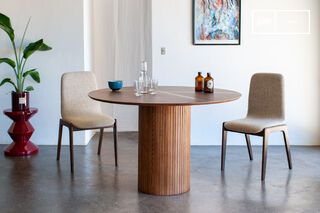
Walnut-tone wood round table for 6Ligna
€780 €700-10%
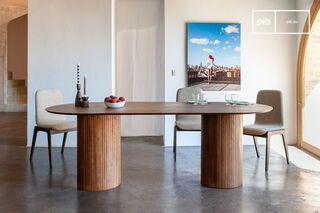
Walnut-tone wood oval table for 8Ligna
€995 €895-10%
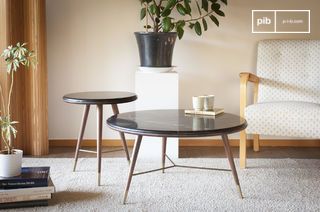
Black marble coffee tableSivart
€765 €690-10%
10 festive days
10% off our tables and consoles
Welcome your guests in style · Limited stock
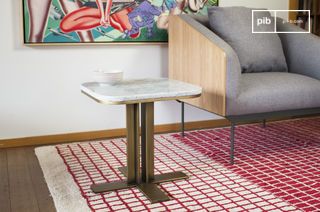
White marble side tableCarrera
€485 €435-10%
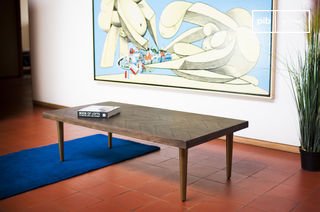
Dark wood coffee tableAlienor
€380 €340-10%
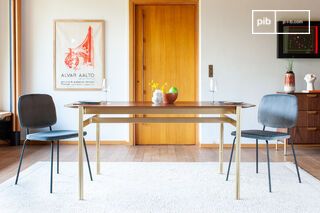
Dark wood dining tableAurora
€880 €790-10%
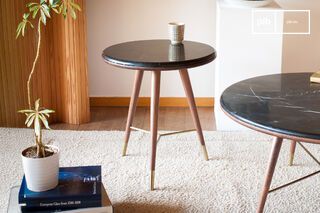
Black marble end tableSivart
€379 €340-10%
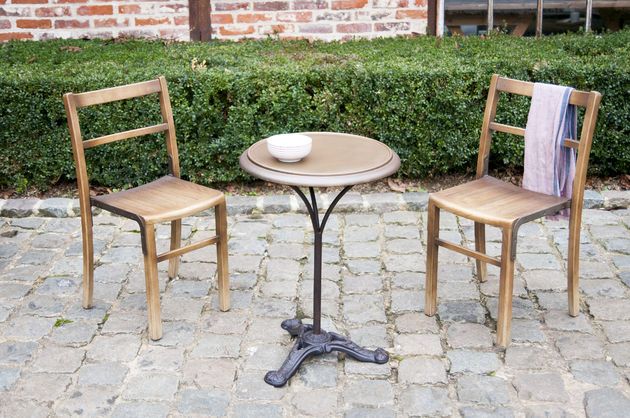
Round bistro table wood and metalVaiana
€395 €355-10%
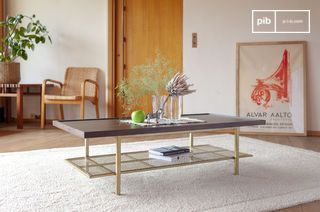
Walnut coffee tableNeutra
€695 €625-10%
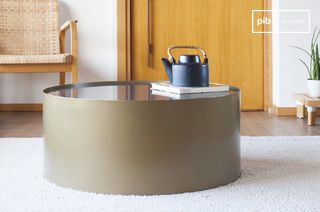
Round marble coffee tableDickinson
€995 €895-10%
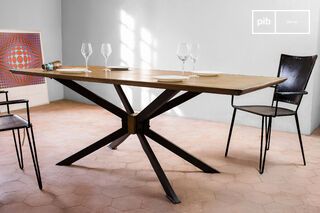
Brass dining tableLiverpool
€1495 €1345-10%

Brass as an accent material
Brass is an alloy of copper and zinc. In furniture, it is used for its golden color, malleability and ability to age on the surface without structural deterioration. It is available as rods, sheets or machined parts, depending on the function required. In furniture, it is often used to emphasize a line, reinforce a junction or dress up a visible detail. Unlike steel, it cannot be painted: it is left exposed to reveal its changing hues. Its use must be localized and considered so as not to unbalance the overall composition.
Visual effects and material associations with brass
Brass interacts strongly with light, making it a contrasting material in quiet or dark areas of an interior. It picks up reflections, but remains sensitive to contact marks and oxidation. This natural evolution can be slowed by treatments or accepted as an integral part of the object. Brass is mainly used with matte or rough materials: dark wood, unpolished stone, ceramics, leather. It can also be used as a transition between two opposing surfaces. Its presence introduces a visual cue, often used to punctuate space or accentuate a line.
Technical functions and specific uses
In addition to its decorative role, brass is used for specific functions: handles, hinges, pull knobs, support rods. Its strength is sufficient for light to moderate use. On the other hand, it is not suitable for heavy loads or repeated dimpact zones. Care and maintenance require particular attention if a uniform appearance is to be maintained: regular, gentle cleaning will limit oxidation, but will not completely eliminate the patina. In an overall layout, brass should be seen as a punctual accent, not as a dominant feature.
Furniture in the *Brass* category highlights a stable, visible material, but one to be handled with care. Its interest lies as much in its color as in the way it interrupts or extends existing lines, in a logic of balance between materials.
